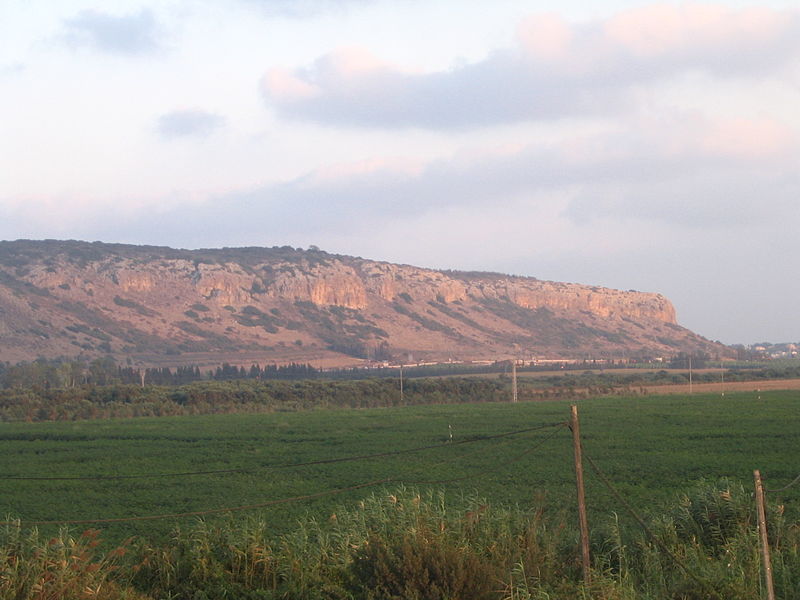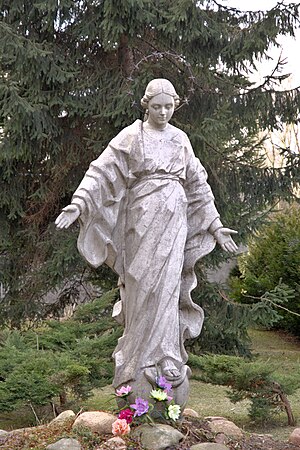
I’ve been re-reading St. Therese’s autobiography, The Story of a Soul. Almost at the beginning she writes about her view of the “world of souls” as a flower garden. She is one little flower in it, surrounded by others. Each has its own size, color, strength, and beauty.
“[God] has created the great saints who are like the lilies and the roses, but He has also created much lesser saints and they must be content to be the daisies or the violets which rejoice His eyes whenever He glances down. Perfection consists in doing His will, in being that which He wants us to be.”
It’s easy to have spiritual envy. We read about the graces God gave St. Therese and think, “That’s not fair. Why didn’t He give such graces to me? I’d like to be a saint too.”
But notice that Therese does not mention any soul in God’s garden who was not made to be a saint–just greater and lesser saints. We all have different graces, but we are all called to be saints.
Continue reading at Contemplative Homeschool.




